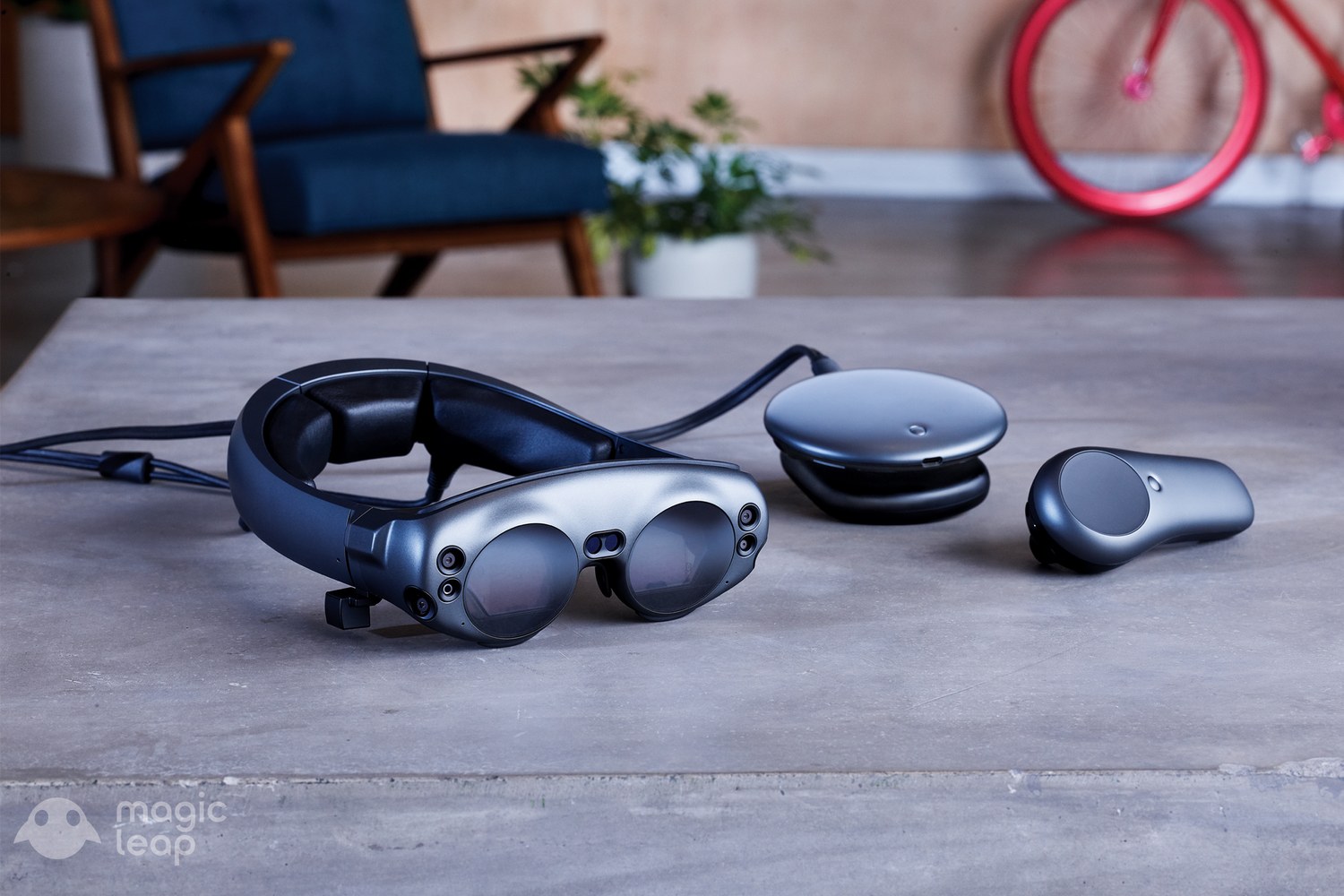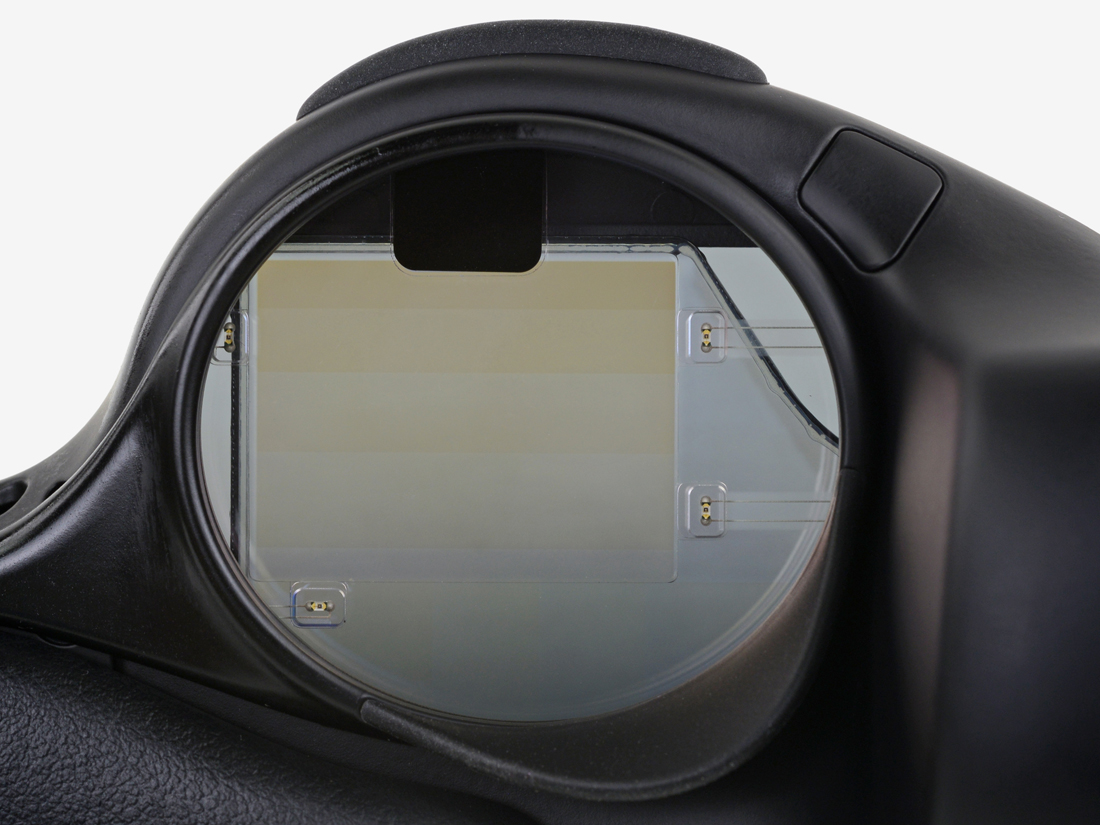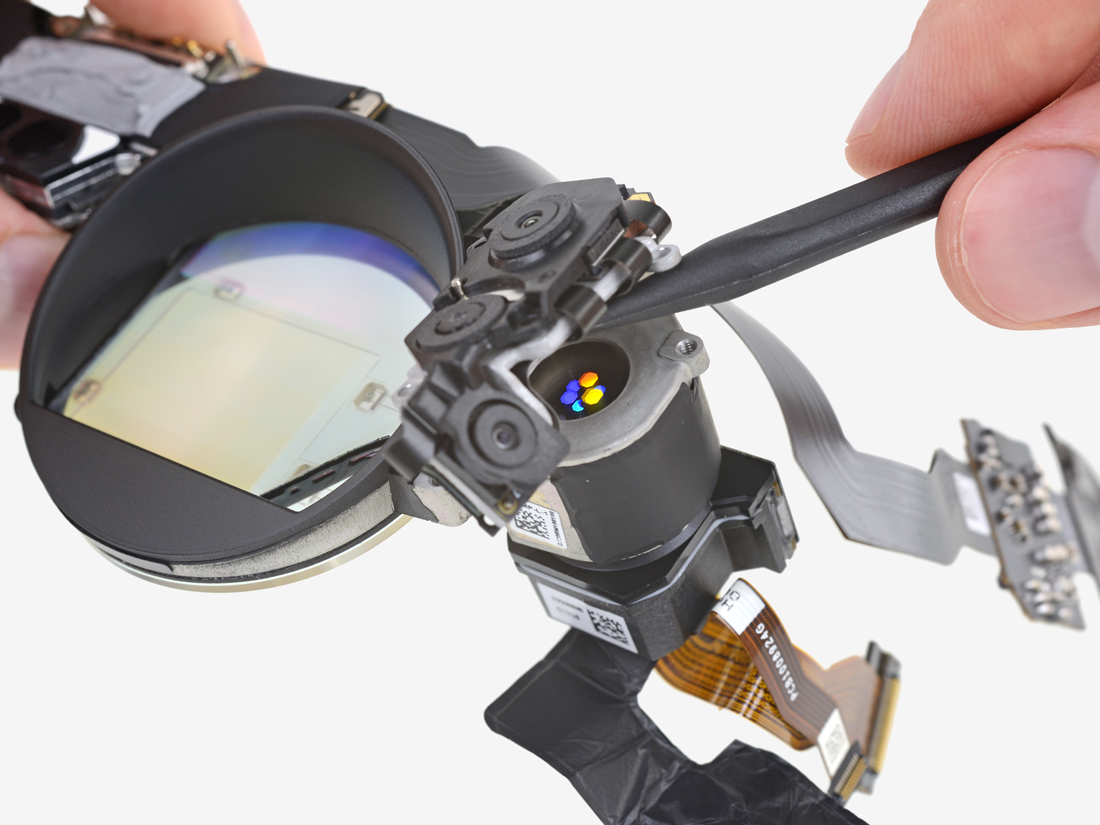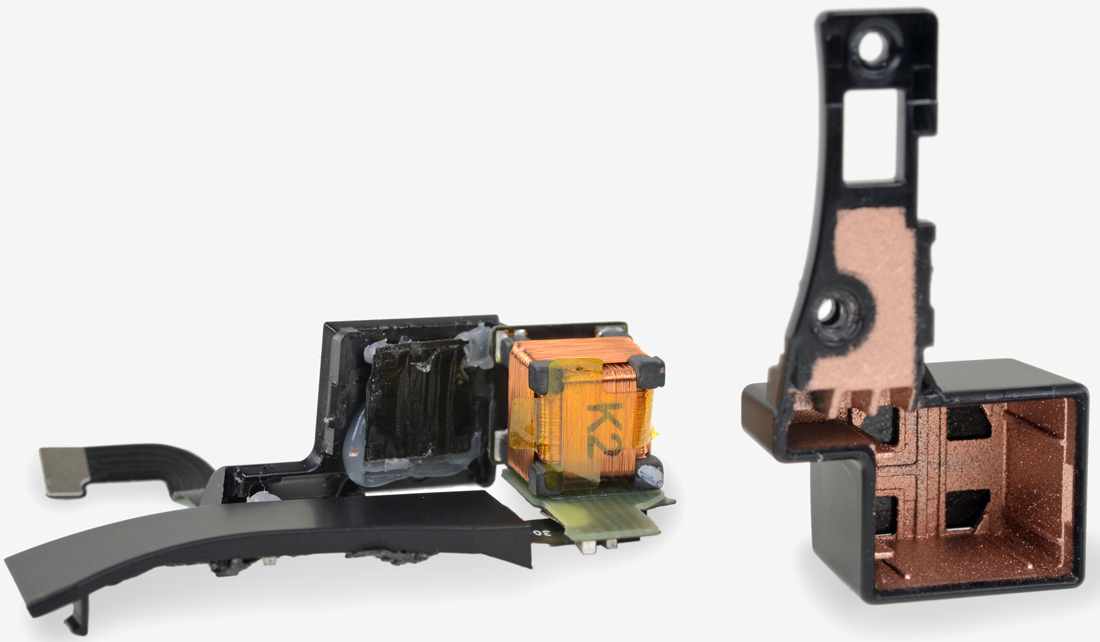Cutting corners: Magic Leap One packs in some impressively advanced technology but as iFixit highlights, there are plenty of signs that it's "developer" hardware that was rushed out the door just to get something on the market.

Magic Leap has developed what is arguably the most anticipated (and secretive) mixed reality headset to date. The Magic Leap One: Creator Edition launched earlier this month at a staggering $2,295. It’s not a consumer device but rather, a platform for developers to create experiences for the new medium.
That fact has done little to quell consumer interest in the device, however. The first batch of reviews hit the web a couple of weeks ago, providing practical feedback across categories like fitment and the overall user experience. It was only a matter of time before we got a proper deep dive into the headset’s inner workings and on Thursday, iFixit delivered just that.

With help from Karl Guttag of KGonTech and VR expert Palmer Luckey (the creator of the Oculus Rift), iFixit set about dismantling the Magic Leap One: Creator Edition in the name of curiosity. The 22-step process is quite insightful but the most curious bits involve the optics.
Using an infrared camera, iFixit spotted a strobing IR projector for depth sensing that’s similar in principal to what’s used on the Kinect and the iPhone X. There are also four additional IR LEDs in each lens that are used to “invisibly” light up your eyes for tracking purposes.

The headset’s lenses feature six layers, or separate waveguides, for each color channel (red, green and blue) across two different focal planes. The actual display device is an OmniVision OP02222 field-sequential color (FSC) LCOS which the team believes is likely a customized variation of the OmniVision OP02220.
Also of interest is the small black box protruding from the right side of the device. Upon further investigation, the team determined that this is a six-degrees-of-freedom magnetic sensor coil that is used for tracking the position of the headset’s accompanying controller. By measuring the intensity of the three perpendicular magnetic fields, it’s able to determine the position and orientation of the controller relative to the headset. This is in contrast to something like a smartphone that uses a combination of sensors (gyroscopes, accelerometers, etc.) to determine position.

iFixit describes it as “old” tech and due to its placement on the right side of the headset, it’ll probably perform worse for left-handed users.
Those familiar with the headset’s corded Lightpack (the Magic Leap’s “brains”) may have noticed the puck-shaped device features a series of cooling slots. As it turns out, they’re there for good reason as the Lightpack uses active cooling in the form of a small Cooler Master-branded fan.
Considering how much silicon is crammed into the Lightpack, the fact that it requires active cooling isn’t all that surprising. Components housed in the pack include an Nvidia Tegra X2 "Parker" SoC with Nvidia Pascal GPU, 8GB of Samsung LPDDR4 DRAM, a Nordic Semiconductor N52832 RF SoC, a Renesas Electronics 9237HRZ buck-boost battery charger, an Altera 10M08 MAX 10 field programmable gate array and a Maxim Semiconductor MAX77620M power management IC (and that’s just on the front – there’s a whole host of other hardware around back).
Last but certainly not least is the ML1’s battery. At 36.77 Wh, it’s in line with what you’d find in a modern tablet like the Surface Go or the iPad 6 yet it only offers three hours of battery life and isn’t user-replaceable.
The Magic Leap One is clearly an expensive, short-run piece of hardware. Every bit of construction is intended to maintain the precise calibration for the life of the device. Our guess would be that this was pushed out at full speed, regardless of the price, to get something on the market.
Let’s hope for a consumer edition that maintains the thoughtful design and dedication to durability, while also avoiding the short-sightedness of this device.
All things considered, iFixit awards the Magic Leap One: Creator Edition a repairability score of three out of 10 (the lower the score, the harder it is to repair). The mixed reality headset received praise for speakers that are easy to remove and replace and its liberal use of Trox and Phillips screws but was docked for its equally heavy use of glue, the aforementioned non-replaceable battery and the fact that its processor and optics aren’t upgradeable.
Teardown images courtesy iFixit
https://www.techspot.com/news/76107-ifixit-tears-down-magic-leap-one-comes-away.html